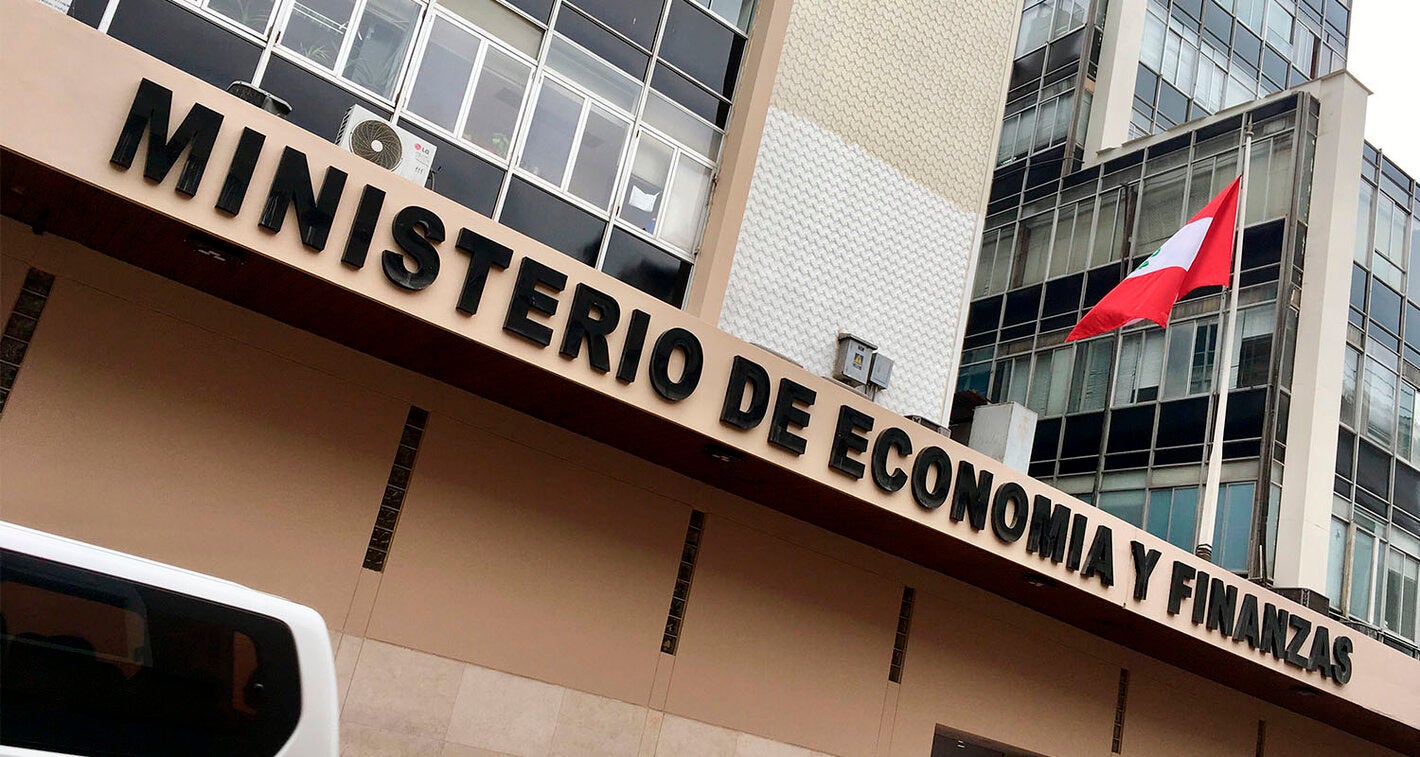
Peru has just taken a further step that will help to protect public health from the harms of tobacco continuing on a path which started a few years back to discourage their consumption and avert related health care costs through taxation. A modification of the methodology to calculate the amount-specific excise tax on cigarettes has been approved by the Ministry of Finance (MEF) of Peru on January 25th by Ministerial Resolution N° 042-2020-EF/15.
This modification establishes the annual automatic indexation of the amount-specific excise tax on cigarettes. The tax burden on cigarettes will therefore be maintained constant even when prices increase. This mechanism will contribute to assuring that the effectiveness of the amount-specific excise tax in reducing the affordability of cigarettes do not decrease as prices rise.
Increasing excise taxes on tobacco products as to reduce their affordability represents a triple win for governments as it has the potential to:
1) reduce consumption of health-harming products;
2) generate additional revenue, and
3) reduce associated health care costs. In order to maximize the public health impact of higher excise taxes on tobacco products, while at the same time generating higher revenues, governments should raise excise taxes so as to raise prices and reduce the affordability of tobacco products.
How the mechanism will work
The measure establishes that the amount-specific excise tax per stick will automatically proportionally increase with the percentage change in the Consumer Price Index (CPI) of cigarettes when this percentage change is higher or equal to 1% from one year to the next. In addition to having a revenue collection purpose, the MEF emphasized on the fact that such excise taxes on health-harming products, such as cigarettes, help to discourage their consumption and to avert related health care costs.
The rationale behind this measure is that unless regularly adjusted, the real value of amount-specific excise taxes will fall over time as general price levels increase. Governments can avoid this by establishing a mechanism for automatically adjusting amount-specific excise taxes so as to keep pace with inflation. In addition, in order to reduce the affordability of these products, excise tax increases need to result in real price increases that are higher than increases in real incomes.
Step forward on tobacco control
This Ministerial Resolution is a step forward in the right direction to use taxes to reduce affordability and hence the consumption of tobacco in Peru. Indeed, increasing excise taxes on tobacco products is one of the provisions of the WHO Framework Convention on Tobacco Control, that Peru ratified in 2004, and is identified as part of the most cost-effective interventions in the WHO Global Action Plan for the Prevention and Control of Noncommunicable Diseases 2013-2020. As of 2018, seven countries in the Region of the Americas out of the 24 that apply amount-specific excise taxes on cigarettes reported automatically adjusting them. Peru will now join these seven other countries.
PAHO congratulates Peruvian national authorities for moving forwards towards achieving policy coherence on fiscal and health matters on tobacco products and reiterates its commitment to continue supporting national authorities in addressing the tobacco epidemic and improving the health of Peruvians.



